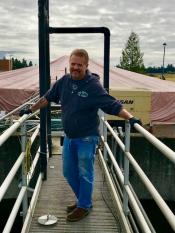Wastewater Operations
The Operations staff is responsible for controlling plant processes and equipment to make sure the wastewater leaving the facility meets all the requirements and protects the environment.
The City of McMinnville Water Reclamation Facility (WRF) has been issued a National Pollutant Discharge Elimination System (NPDES) permit by the State of Oregon Department of Environmental Quality (DEQ). The NPDES permit outlines the requirements that the water must meet after being treated at the WRF and before it can be discharged into the South Yamhill River.
A number of pump stations are located around the City, which transfers wastewater to a central collection point. At that location the wastewater is screened to remove large solid objects and rocks prior to being pumped approximately 1-1/2 miles to the WRF treatment facilities. After arriving at the main facility, the wastewater is screened a second time to remove rags, etc (through a much finer screen) and then de-gritted (removal of sand and gravel) in a process called primary treatment.
The wastewater flow then receives secondary treatment, which removes more than 99 percent of most contaminants from the wastewater.
Processes at the facility are tightly controlled with an advanced computer control system that automatically adjusts systems, records information and produces reports. The microorganisms removed in the secondary treatment are concentrated into a thick liquid and "digested" in special tanks to produce biosolids.
Tertiary treatment systems are used in the summer months to accomplish an even higher removal efficiency of ammonia and phosphorus (nutrients). These advanced systems utilize chemical treatment and filtration to produce the highest quality effluent possible.
The final treatment is ultraviolet disinfection (UV), which kills pathogenic (germs) organisms in the cleaned water before it flows into the South Yamhill River.


